The tallest in the solar system. 5 interesting facts about the giant volcano Olympus (5 photos)
The photo shows the highest mountain in the solar system. The future climber's dream!
This is Mount Olympus on Mars. Dormant volcano. The shape resembles a “circus tent”. This is due to his origin. 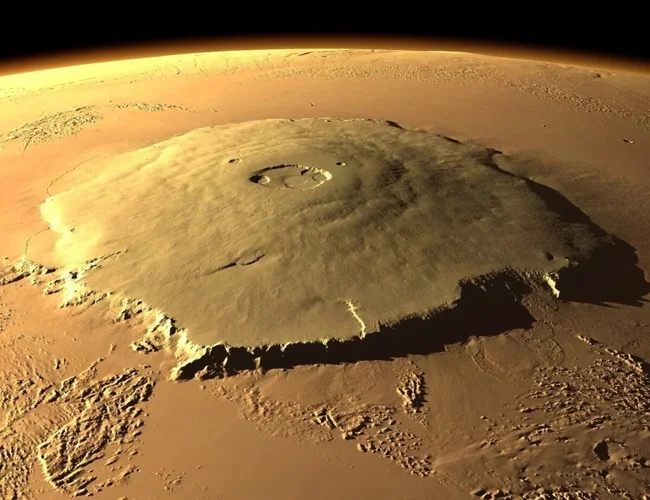
Olympus was formed thanks to lava flows that erupted from the depths and froze on the surface. Can you imagine how the volcano raged here many years ago?
Olympus reached a height of 22 kilometers (information from Wikipedia about 26 km is outdated. The height was measured using the Mars Orbiter laser altimeter and it showed a result of 22 km). 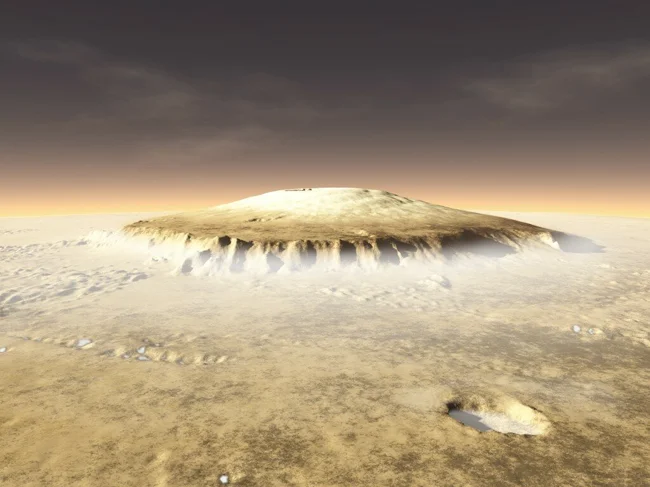
For comparison, the tallest mountain on Earth, measured from the surface, is Mauna Kea in Hawaii, reaching 10.2 km. And the highest peak on our planet, Everest, reaches “only” 8.8 km.
It is logical that Olympus appeared on Mars. Low gravity allows mountains to stretch higher.
Interesting fact. The deepest crater in the solar system is located on the asteroid Vesta. The Reyasilvia crater is 25 km deep and 500 km in diameter. The size of the funnel is comparable to the size of the asteroid itself! The crater was formed 2.5 billion years ago when another asteroid collided with Vesta. In the center of the crater is a mountain that is slightly smaller than Olympus, making it the second largest in our system.
The pressure at the top of Olympus is only 12% of the atmospheric pressure on the surface of Mars. For comparison, at the top of Everest this figure is 32%.
The last samples of extinct lava here are dated 2 million years ago. This volcano could start erupting again at any moment. And it will be one of the brightest spectacles in the solar system! 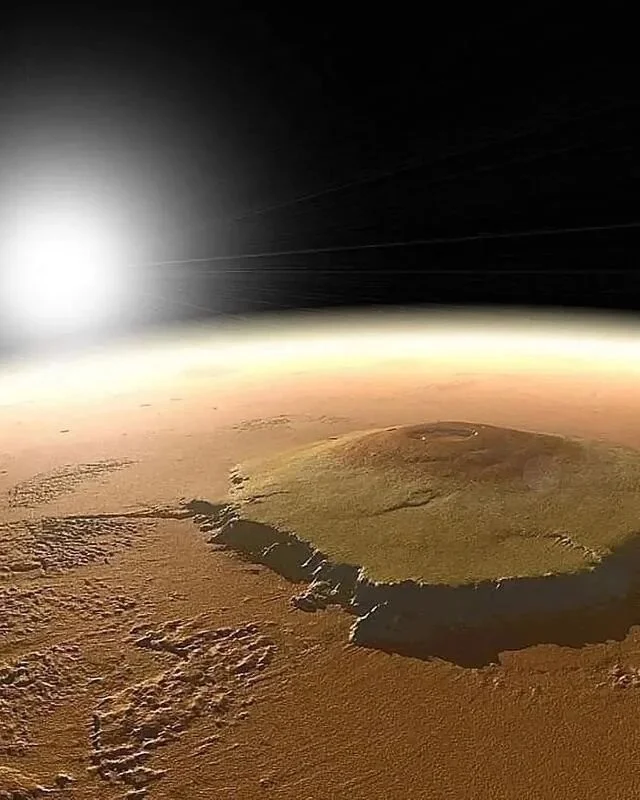
The volcano appeared in the so-called Hesperian period - more than 2 billion years ago. At this time, volcanic activity was active on Mars. As a result, the climate changed - from warm and humid to dry and cold, which we observe now.
Olympus consists mainly of silicates and iron oxide. It is this rust that gives it the reddish tint characteristic of Mars.
The width of the volcano stretches over an area of more than 300 thousand square meters. km. This is approximately the size of Poland. 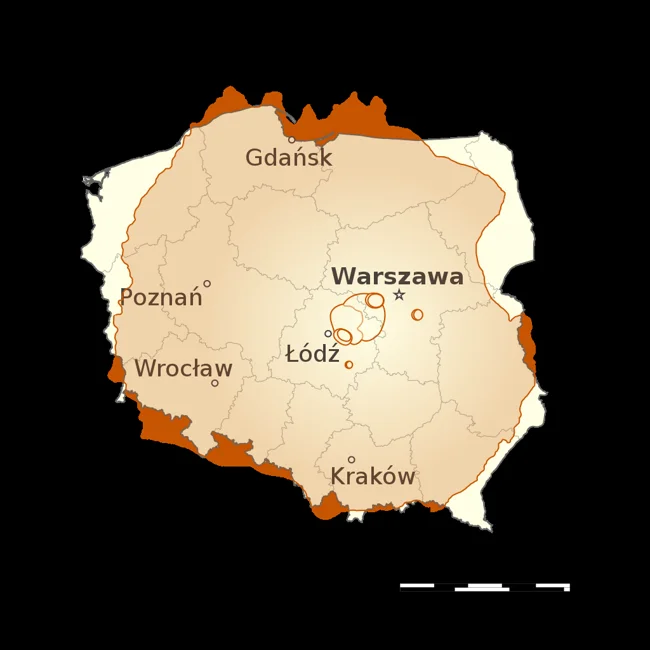
And its shape resembles the mountains that formed the Hawaiian Islands on Earth. 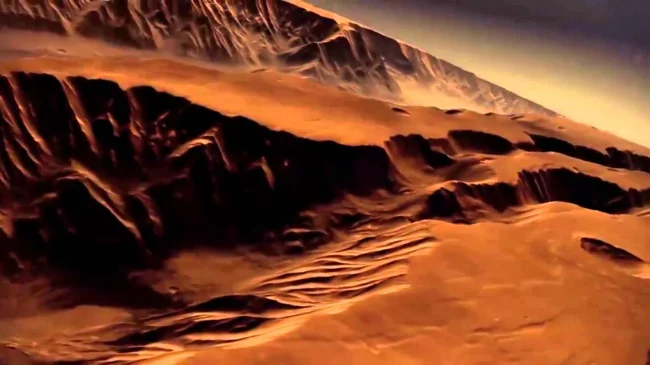
At the foot of Olympus
Climbing this volcano is relatively easy. It is very gentle - the slope here is only 5%.
However, unlike Everest, climbing Olympus will not bring much joy. There will not be a beautiful view of the surrounding landscape here. Due to its flatness, an observer standing at the top will not even be able to understand that he is standing on a very high mountain, because the slope extends far beyond the horizon.
